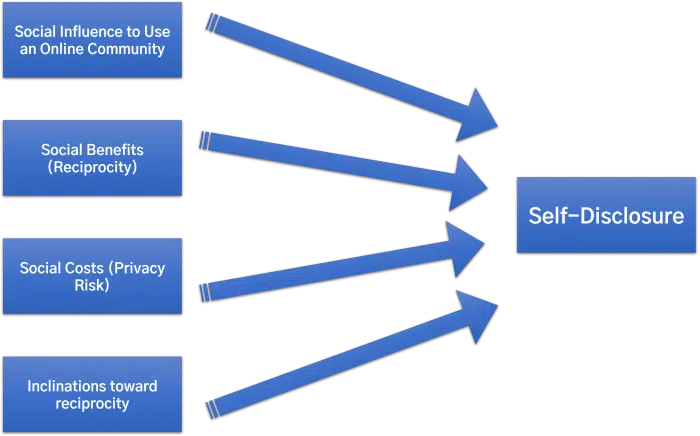Which Of The Following Motivates Self Disclosure
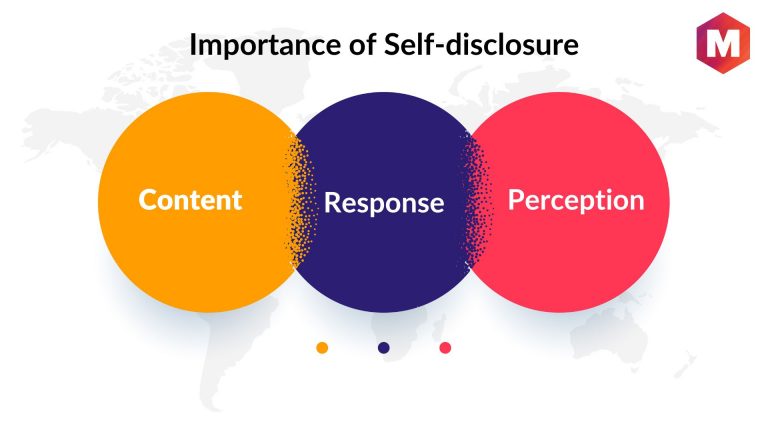
Imagine sitting across from a new acquaintance, the air thick with anticipation. A gentle hum of conversation fills the cafe as you both navigate the delicate dance of getting to know each other. What drives you to reveal your hopes, dreams, and vulnerabilities? What hidden forces propel you to share a piece of yourself?
At the heart of human connection lies self-disclosure, the voluntary act of revealing personal information to another. It's the cornerstone of building trust, fostering intimacy, and navigating the complexities of relationships. Understanding the motivations behind this act is crucial for navigating our social world with greater awareness and empathy. This article delves into the multifaceted landscape of what motivates self-disclosure, drawing on research and insights to illuminate this fundamental aspect of human interaction.
The Foundations of Self-Disclosure
The study of self-disclosure dates back to the mid-20th century, with pioneers like Sidney Jourard laying the groundwork for understanding its importance. Jourard argued that healthy personalities are characterized by a willingness to be transparent and authentic with others. He believed that self-disclosure is essential for personal growth and genuine connection.
His work highlighted the crucial link between self-disclosure and psychological well-being. He posited that hiding one's true self can lead to feelings of alienation and isolation. This idea sparked further research into the various factors that influence our decisions to share personal information.
Key Motivations Behind Self-Disclosure
Reciprocity: The Sharing is Caring Principle
One of the most powerful motivators is reciprocity. We often disclose more to those who have already shared something about themselves. This creates a sense of balance and trust, encouraging further openness.
It's like a conversational dance, where each partner responds to the other's steps. If someone shares a personal story with you, you're more likely to reciprocate with a similar level of disclosure.
Impression Management: Crafting Your Persona
We often disclose information strategically to create a specific impression. This is known as impression management. We might emphasize certain aspects of our lives while downplaying others.
For instance, in a job interview, you're likely to highlight your skills and accomplishments. The goal is to present yourself in the best possible light and secure the desired outcome.
Relationship Development: Building Bridges
Self-disclosure is a key ingredient in building and maintaining close relationships. Sharing personal experiences and feelings fosters intimacy and trust. As relationships develop, the depth and breadth of self-disclosure tend to increase.
Think about the progression of a romantic relationship. Early stages might involve sharing hobbies and interests, while later stages often include discussing fears, dreams, and vulnerabilities. This deepening level of sharing strengthens the bond between partners.
Emotional Release: Letting It Out
Sometimes, we disclose simply to release pent-up emotions. Talking about our feelings can be cathartic and help us process difficult experiences. Sharing with a trusted friend or therapist can provide support and validation.
It's like taking a weight off your shoulders. Voicing your thoughts and feelings can alleviate stress and promote emotional well-being.
Social Validation: Seeking Confirmation
We often disclose information to seek validation and reassurance from others. Sharing our thoughts and feelings can help us feel accepted and understood. This is particularly true when we're uncertain or insecure about something.
Imagine sharing a creative project with a friend. Their positive feedback can boost your confidence and encourage you to continue pursuing your passion. It's a way of seeking confirmation that you're on the right track.
The Role of Context and Culture
The motivations behind self-disclosure are also influenced by context and culture. What is considered appropriate to share varies depending on the situation and the cultural norms. In some cultures, openness and transparency are highly valued, while in others, privacy and discretion are more emphasized.
For example, in some Western cultures, sharing personal feelings with close friends is common. In other cultures, such disclosures might be reserved for family members or a therapist. These cultural differences shape our expectations and behaviors regarding self-disclosure.
Online platforms have also dramatically altered the landscape of self-disclosure. Social media encourages individuals to share aspects of their lives with a broad audience, often blurring the lines between public and private. This has led to new norms and expectations regarding online self-disclosure, with both benefits and potential risks.
The Dark Side of Self-Disclosure
While self-disclosure is generally seen as positive, it's important to acknowledge its potential downsides. Over-sharing can be off-putting and damage relationships. Disclosing too much information too soon can create discomfort and erode trust.
Furthermore, disclosures can be used against us. Sharing vulnerabilities with the wrong person can leave us feeling exposed and betrayed. It's important to be discerning about who we trust and what we reveal.
The Benefits of Mindful Disclosure
The key lies in mindful disclosure, being intentional and thoughtful about what we share and with whom. This involves considering our motivations, the context, and the potential impact on others. By practicing mindful disclosure, we can reap the benefits of building stronger relationships while minimizing the risks.
It's about finding a balance between vulnerability and self-protection. Being open and authentic can create deeper connections, but it's also important to safeguard our well-being and privacy.
Conclusion: A Journey of Connection
Ultimately, the motivations behind self-disclosure are complex and multifaceted. They are shaped by our individual needs, our relationships, and the broader cultural context. Understanding these motivations can help us navigate our social world with greater awareness and empathy. By embracing mindful disclosure, we can build stronger, more meaningful connections with others and cultivate a deeper understanding of ourselves.
As you continue on your own journey of self-discovery and connection, remember that self-disclosure is a powerful tool. Use it wisely, with intention and compassion, and you'll find yourself forging deeper, more authentic relationships along the way.
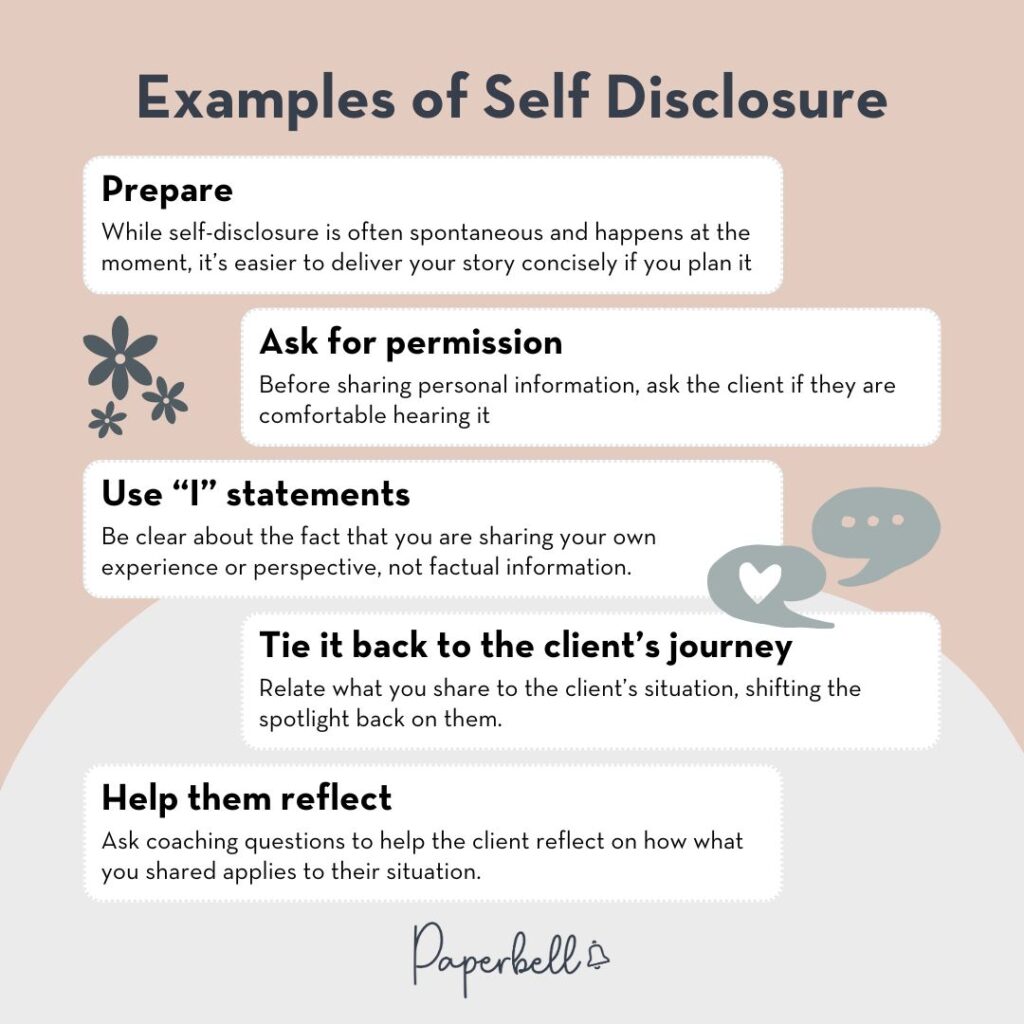

.jpg)

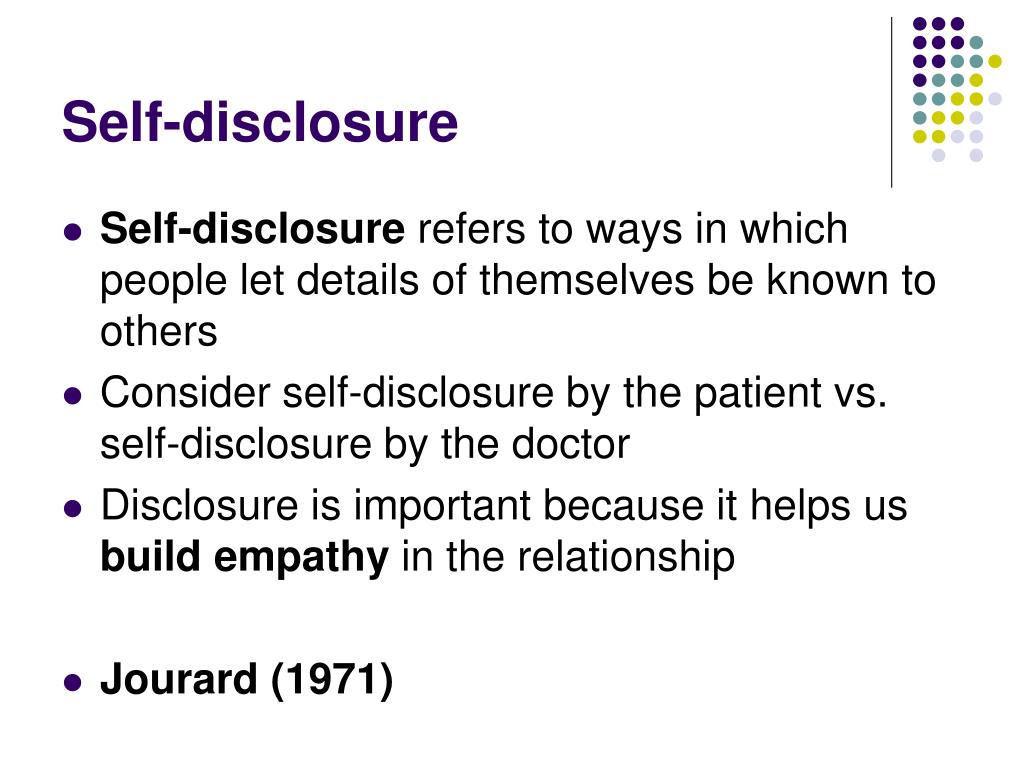

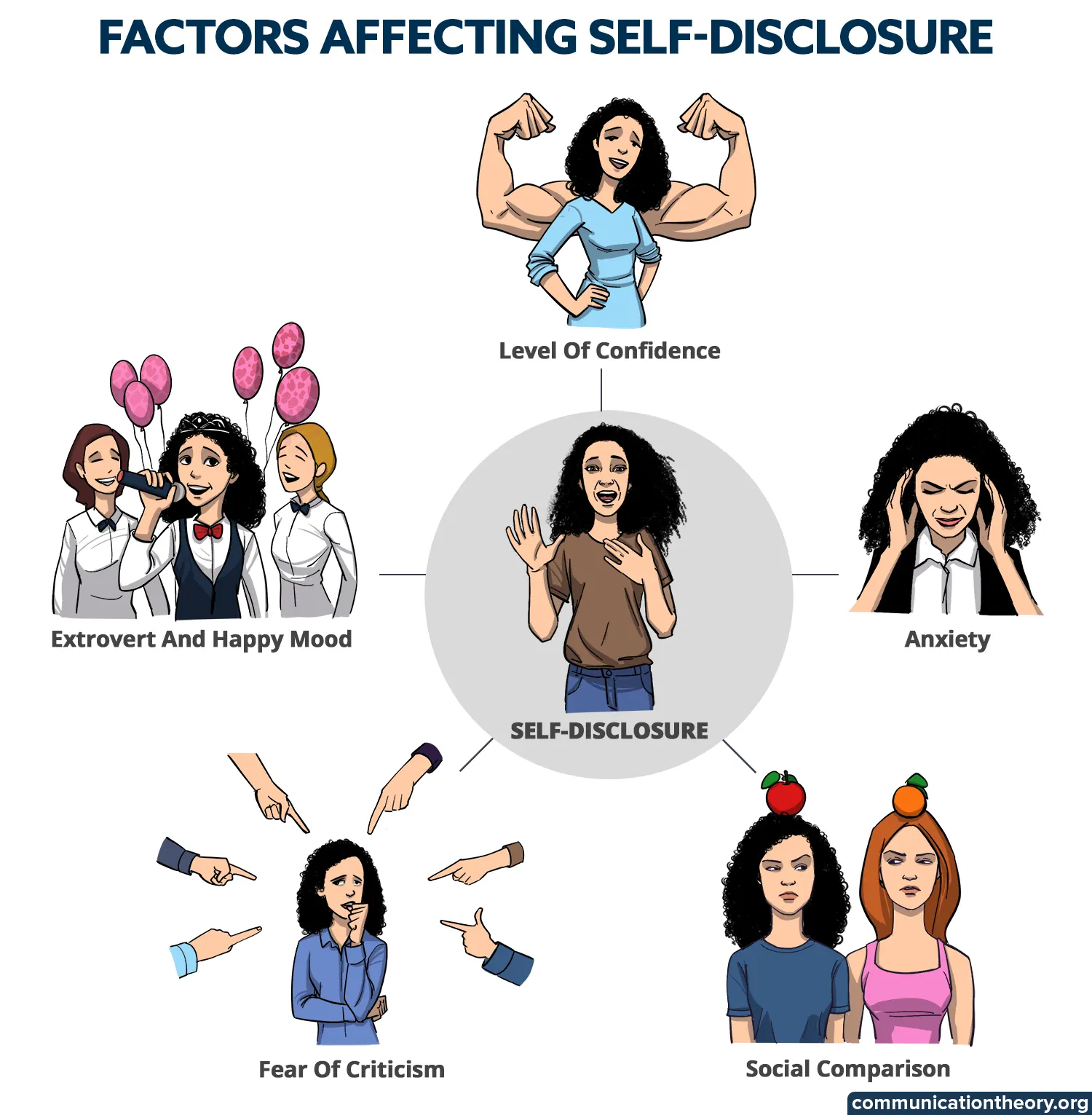
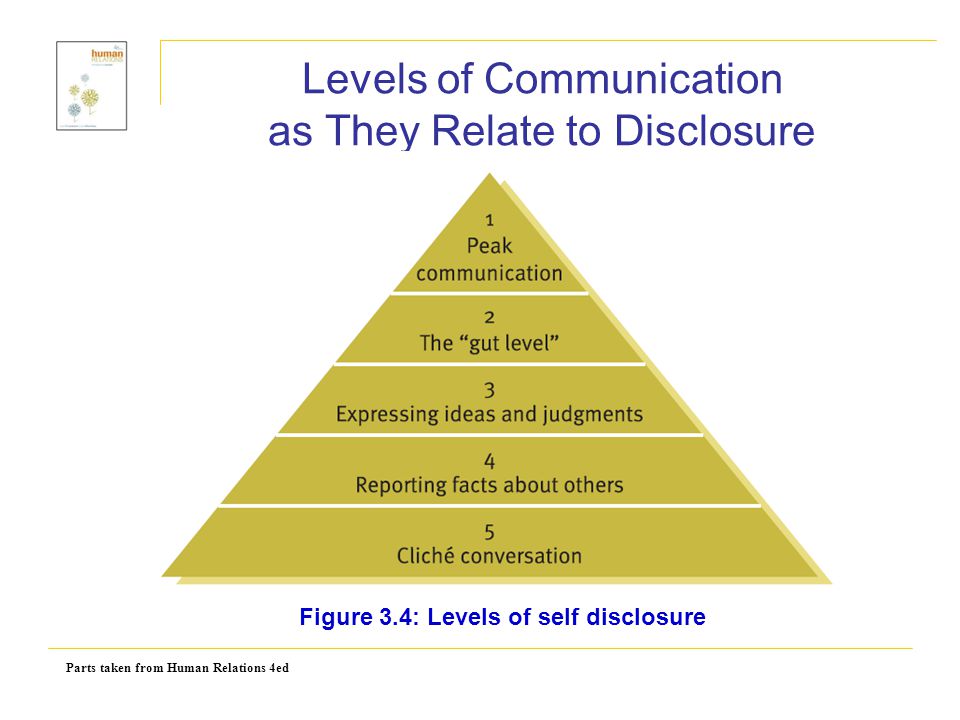
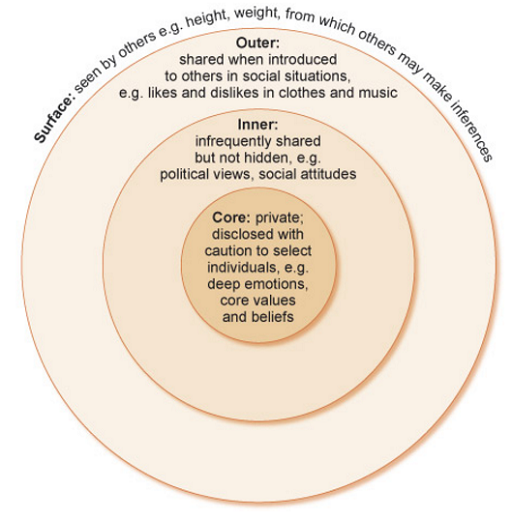
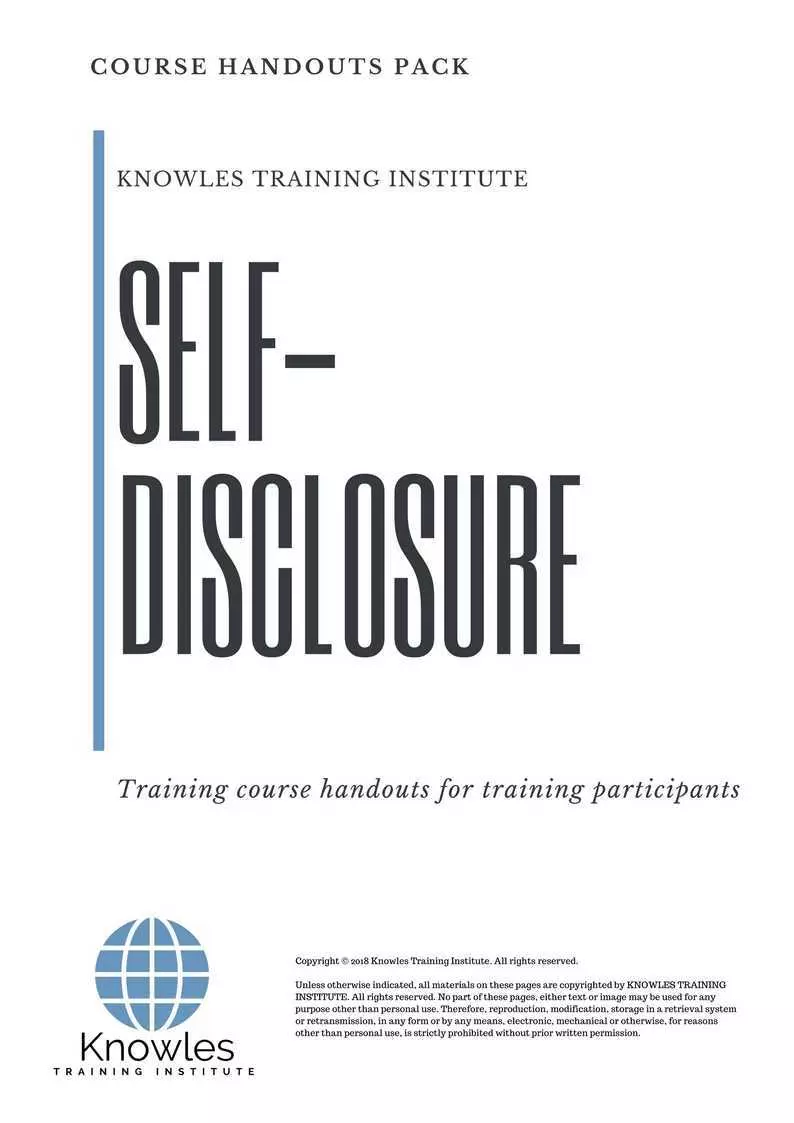
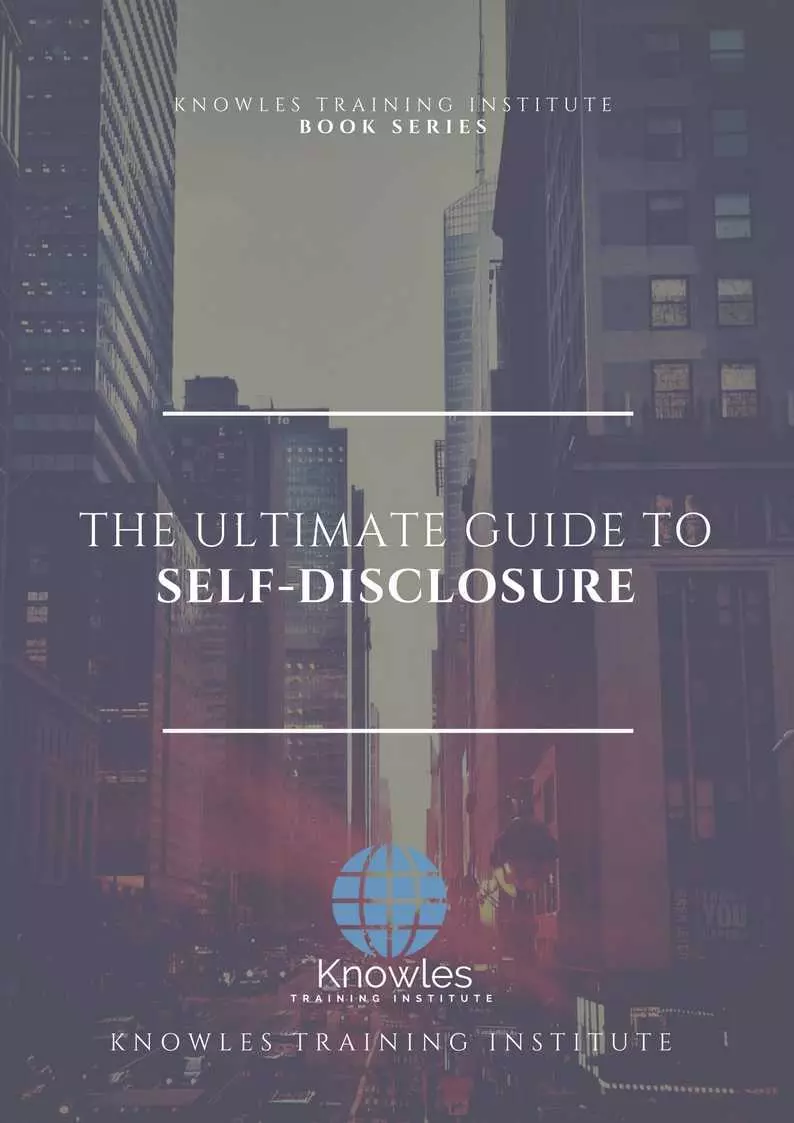
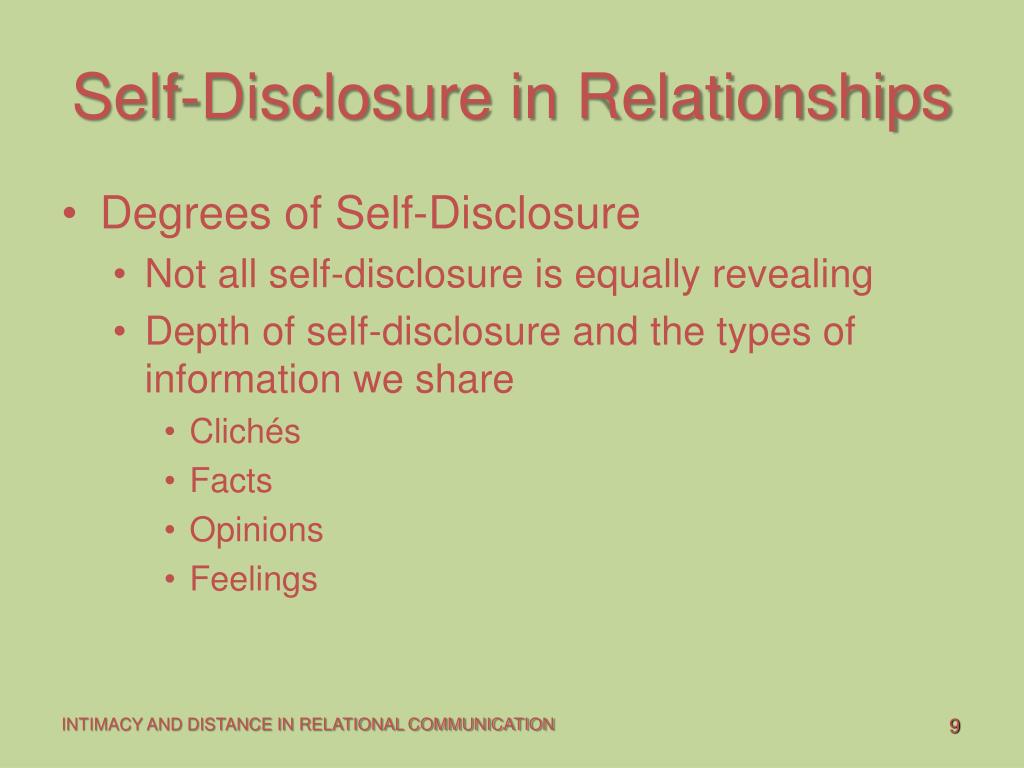

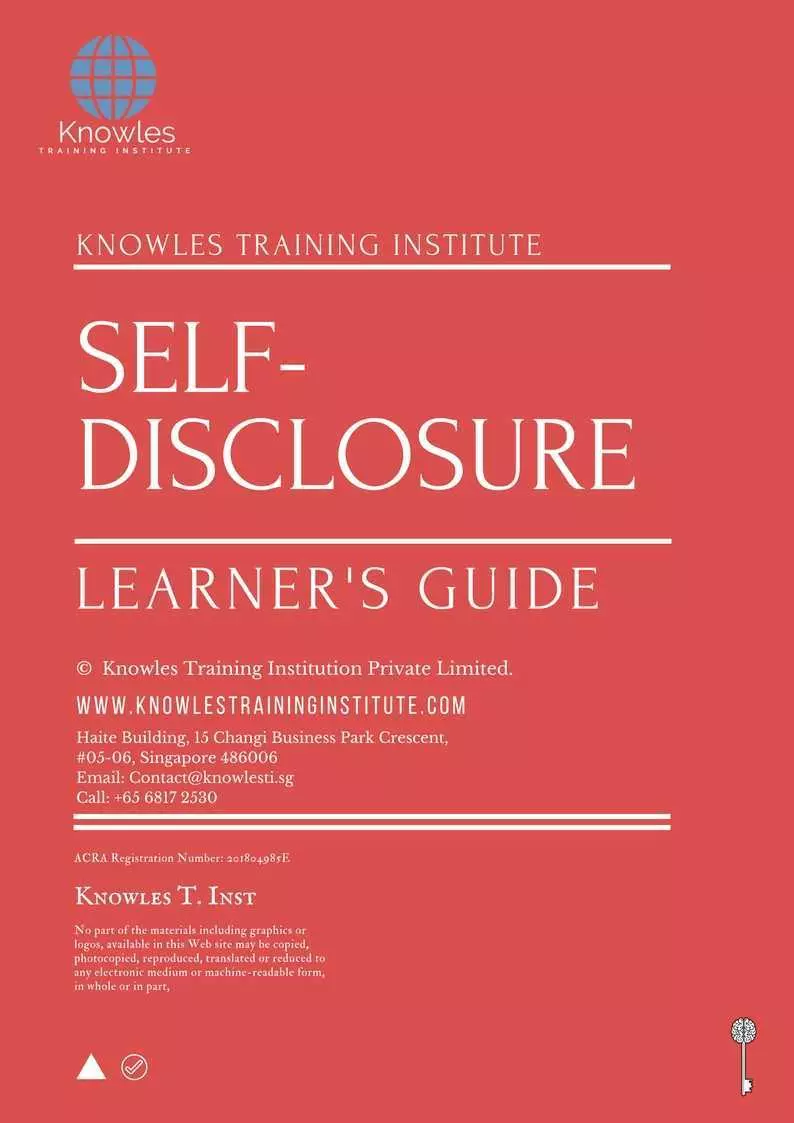
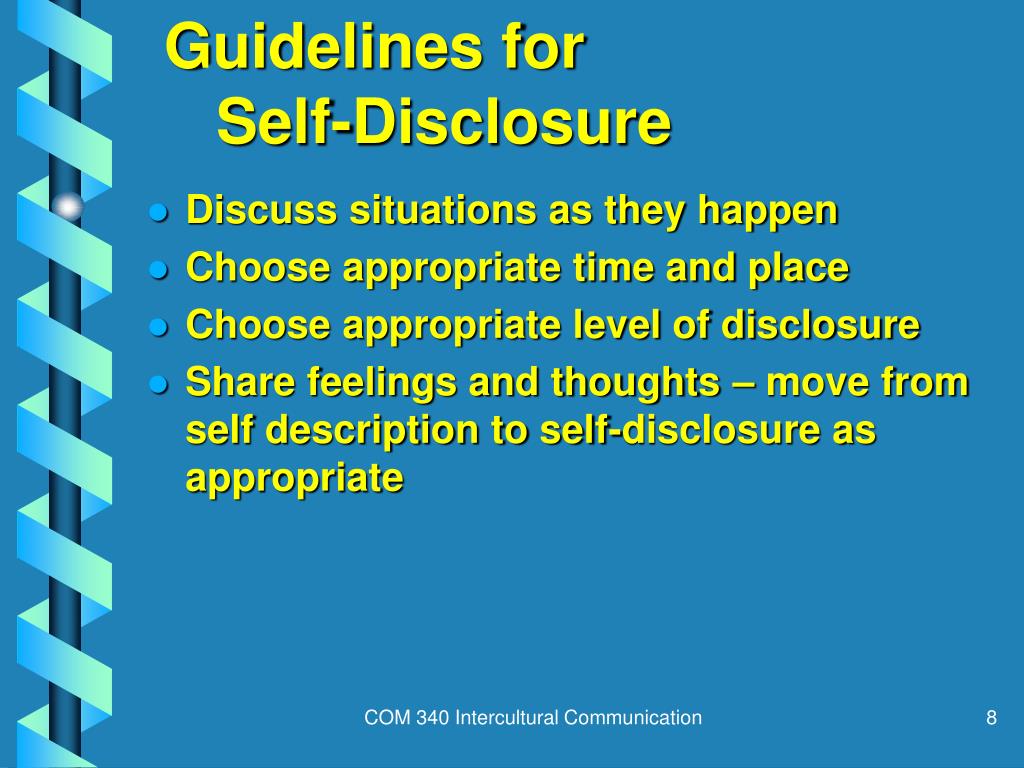

![Which Of The Following Motivates Self Disclosure Self Disclosure in Interpersonal Communication Example [Edit & Download]](https://images.examples.com/wp-content/uploads/2023/12/What-is-Self-Disclosure-in-Interpersonal-Communication.png)
